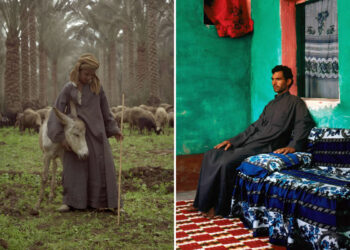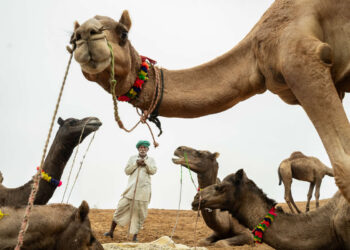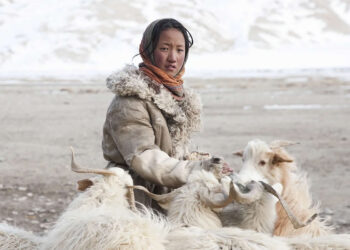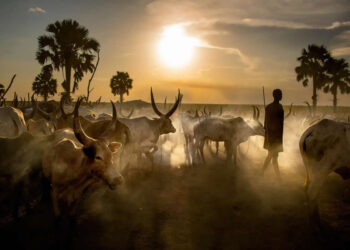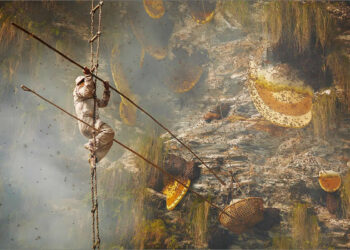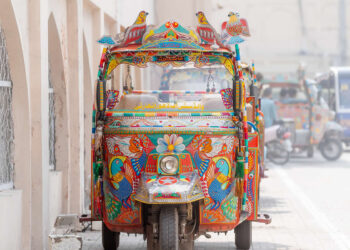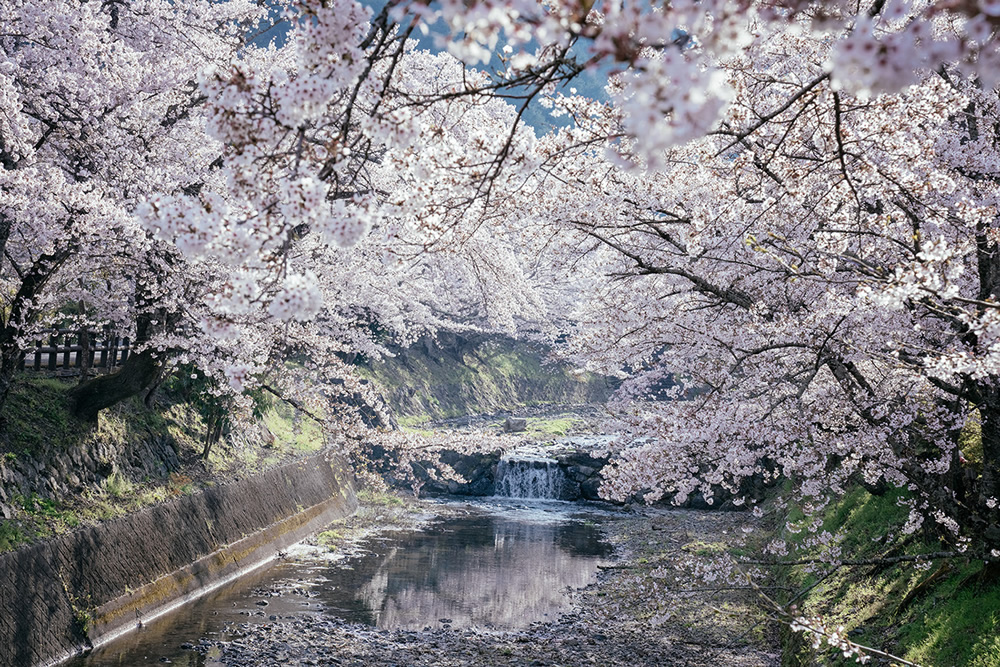What can’t be found even in the farthest corners of the city can be found in a plethora in the rural areas of Odissa where traditions and religious practices are indeed a sight to behold. Performed in Chaitra month of Odia calendar, the festival begins in the Silk City and will continue for 21 days. The rituals usually begin 21 or 13 days before Maha Bisuva Sankranti.
Those performing Danda Nacha or the dance for penance, are called ‘Danduas’ (also known as Bhoktas) who go through painful procedures to worship Goddess Kali and Lord Shiva asking for their blessings. They shoulder the painful traditions to relieve the natives who pay the Danduas for asking God and Goddess to fulfill their desires. They stay on a starving stomach and take food only once a day during the festival period. The dance is performed in three stages – Pani Danda, Dhuli Danda, and Agni Danda.
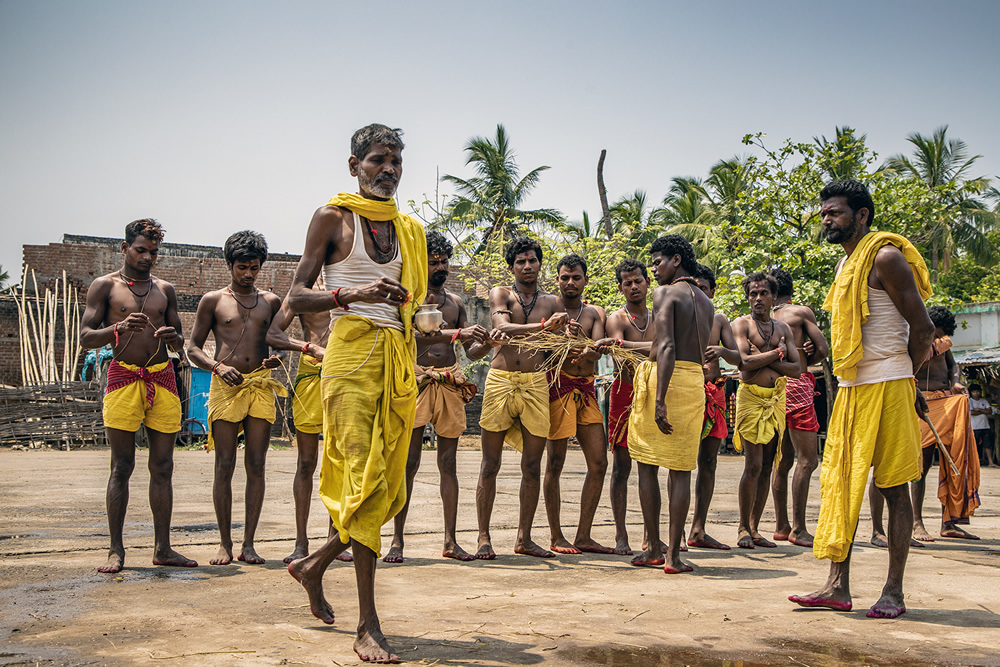
Danda begins on an auspicious day before the Chaitra Sankranti or Meru Parba with traditional worship and fasting. Only male persons take part in this festival. All the `Bhoktas` or ‘Danduas’ lead a very pious life for all these days during the festival and they avoid eating meat, fish or cohabiting during this period. People commit self- inflicted wounds to worship Lord Shiva because the philosophy of ancient Hindu says that for a person to be great, one has to have self-control over one’s body (Kaya), mind (Mana), and speech (Vakya). So in order to achieve greatness, a lot of punishments, Danda, to the individual must be undergone, so this event is known as Danda Nata.
Danda Nata consists of multiple dances. People start Danda by fasting, having a single meal a day made up of rice and dal, and worshipping their Lord before the actual dances occur. This dance consists of a series of dances which are performed one after another by the male members belonging to the Scheduled Castes and other backward castes. In this dance the Ghasis provide the music with the help of Dhol and Mahuri.
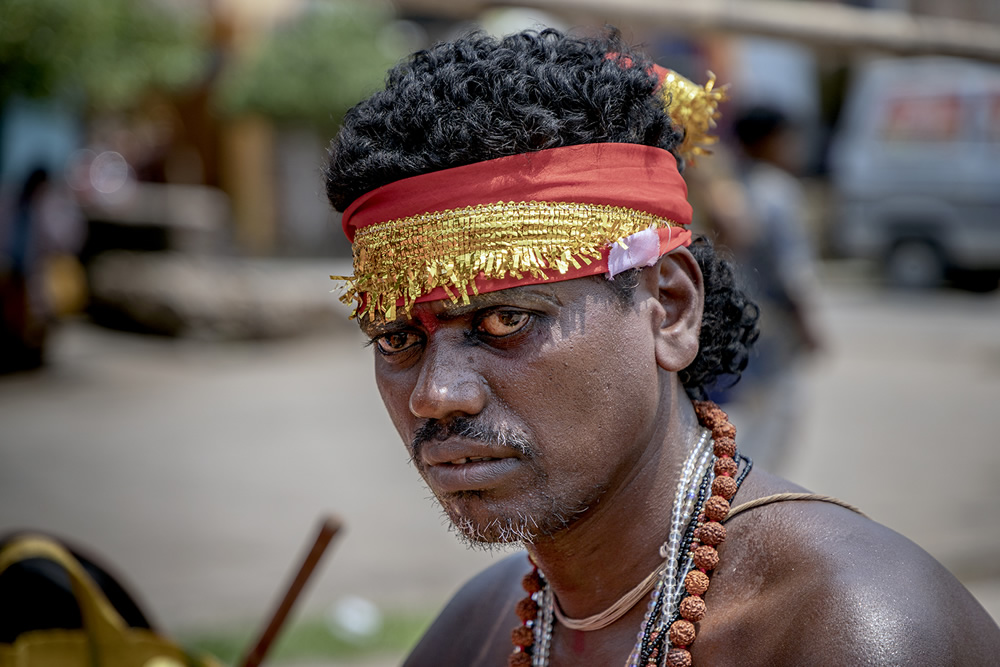
While performing Dhuli Danda, the Danduas sleep on hot sand during the day, remain inside a water body for more than one hour which is called Pani Danda. The last and most crucial stage, Agni Danda, begins at midnight when Kali and Shiva are worshipped in the union. Native households and bazaar communities invite Danda Nacha troupes to perform the dance in their locality. Dressed in orange or yellow dhotis, holding red flags and walking barefoot, ‘Danduas’ move around the city and villages, performing various styles of plays on the street for the locals to watch. The plays include stories or incidents happening over the village which they recreate using creative dances and formations while one of them sings aloud about the story being told and wherever they pass by, people stand on either side of the road to seek their blessings. The various dances of the Danda Nata have various themes behind them. Each of the roles in the dances sings a different tune. Some songs are based on historical stories, while others have village incidents. Some groups use a question/answer approach. The groups that use that approach have one role, male or female role, ask questions, while the other role gives answers to those replies. Although the songs can be performed through multiple approaches, all the songs have the same style, folk, and Odissi.
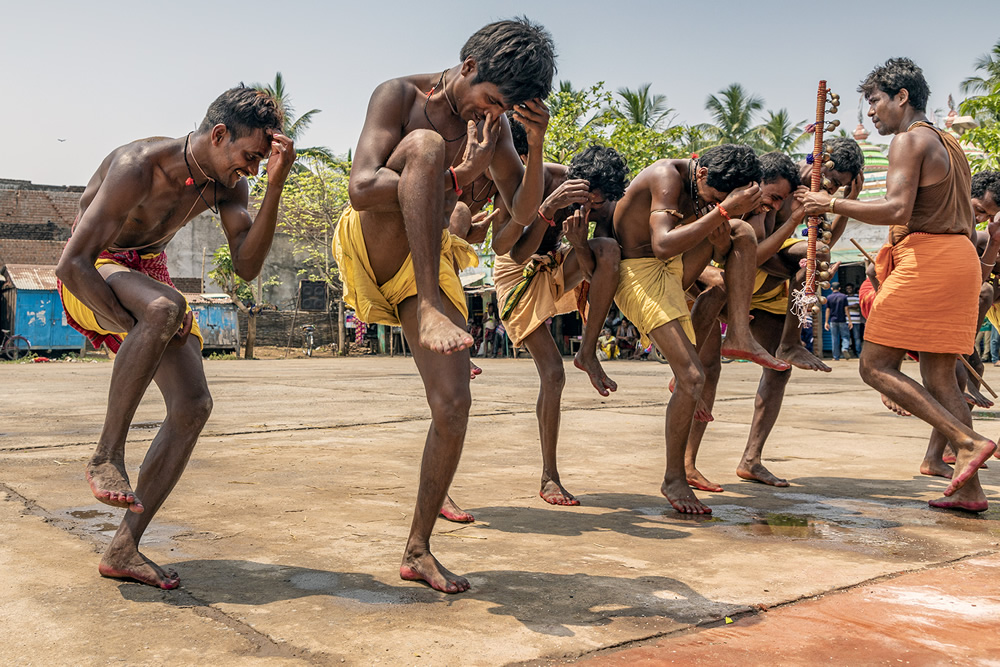
Despite the difficult and arduous rituals performed during the dance, the number of ‘Danduas’ has been increasing every year. The festival does not have any fixed source of funds or sponsorship and is celebrated with donations from the public. Though not much is known about the origin of the dance, historians conclude that the dance may have originated 400 years ago. According to legends, in earlier times, the kings used to build temples with the funds collected as tax from the citizens. People, who were not able to pay the tax, were made to walk barefoot on hot sand and even asked to remain immersed in water. The intention was to inflict pain on the defaulters. The innocent citizens, unable to revolt, went through the ordeal while praying to Goddess Kali to save them. This is how the rituals and practices were born and are still being performed with perfection, to this day.
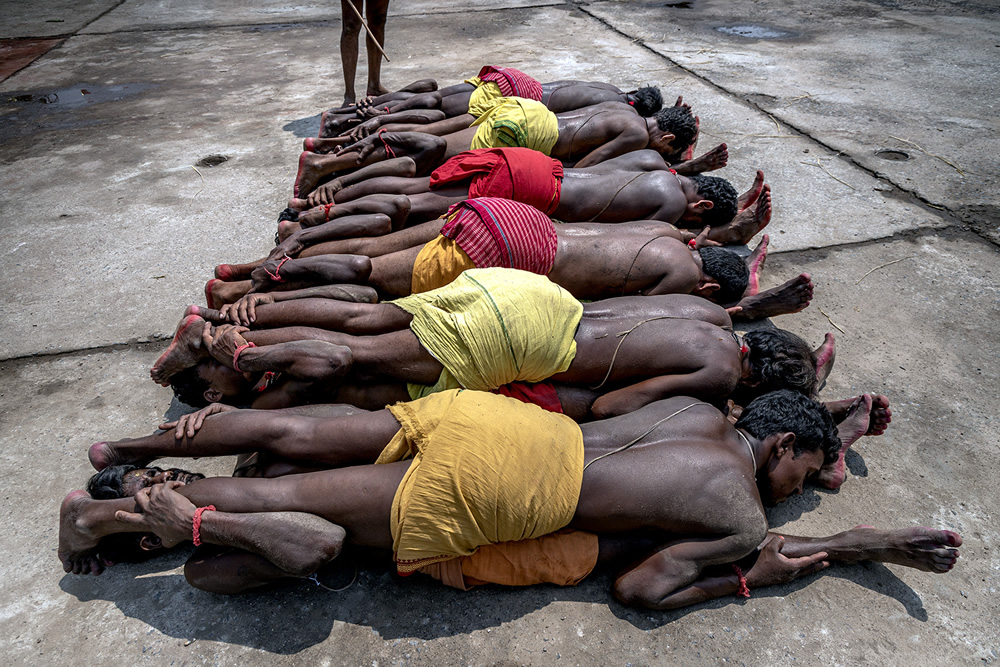
After spending the entire day in fulfilling these rituals, the Danduas then return to the temple when evening falls. They stay there to worship to the idols of Shiv and Kali inside the temple. This entire ritual is performed by them for days. After their ordeal is over, the danduas break the sacred thread while taking bath and this marks the end of Danda Nata. The danduas together relish a feast with non-vegetarian dishes and the ceremonies come to an auspicious halt. The rich culture and the spirit of people is awe-inspiring to say the very least and Odissa shines like a jewel on the map of Indian history and age-old traditions.
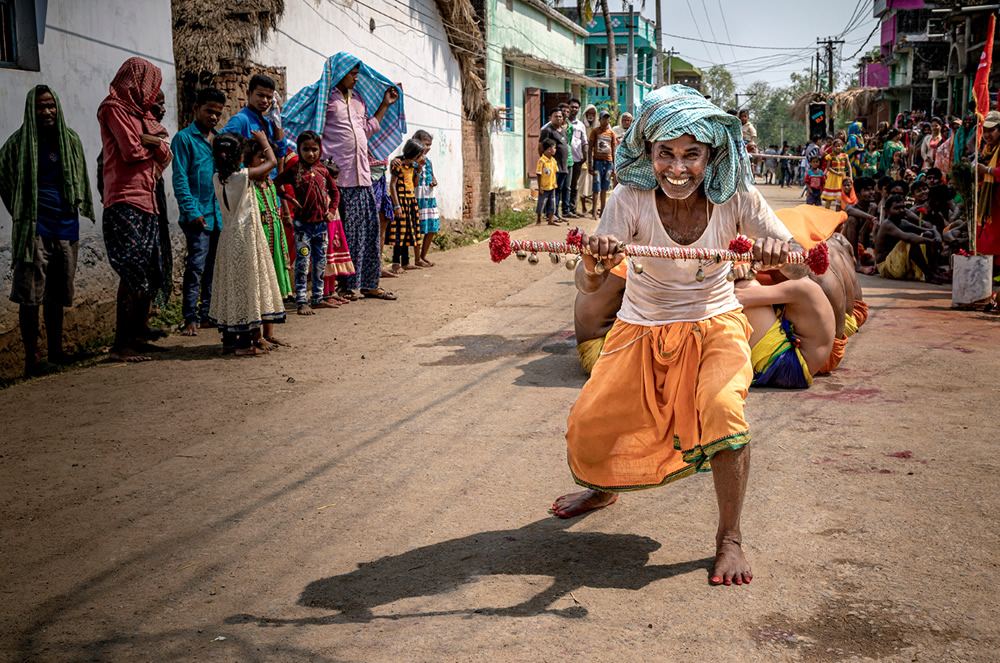
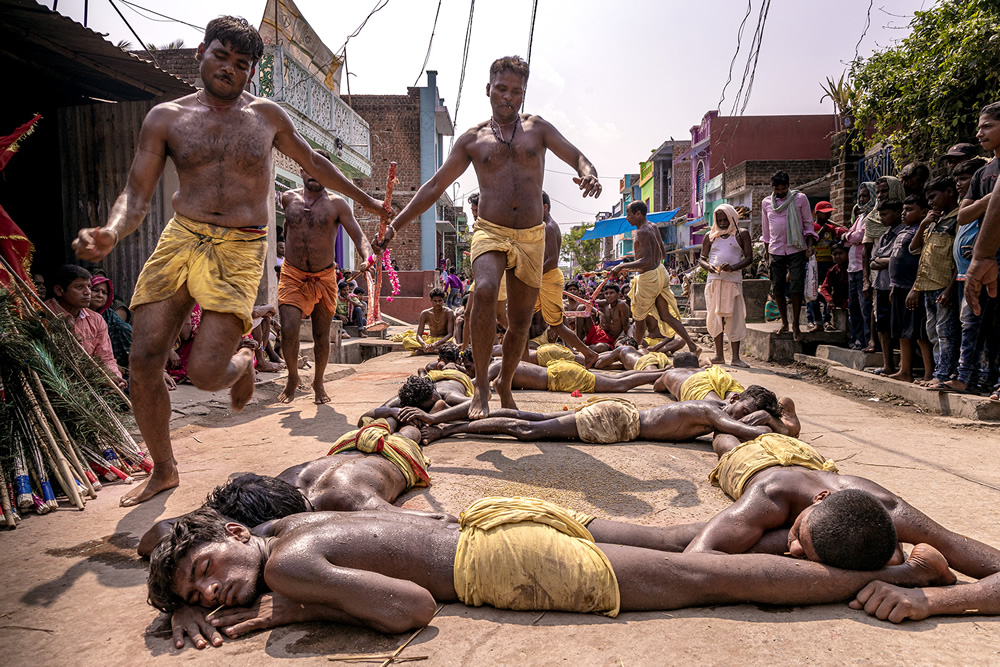
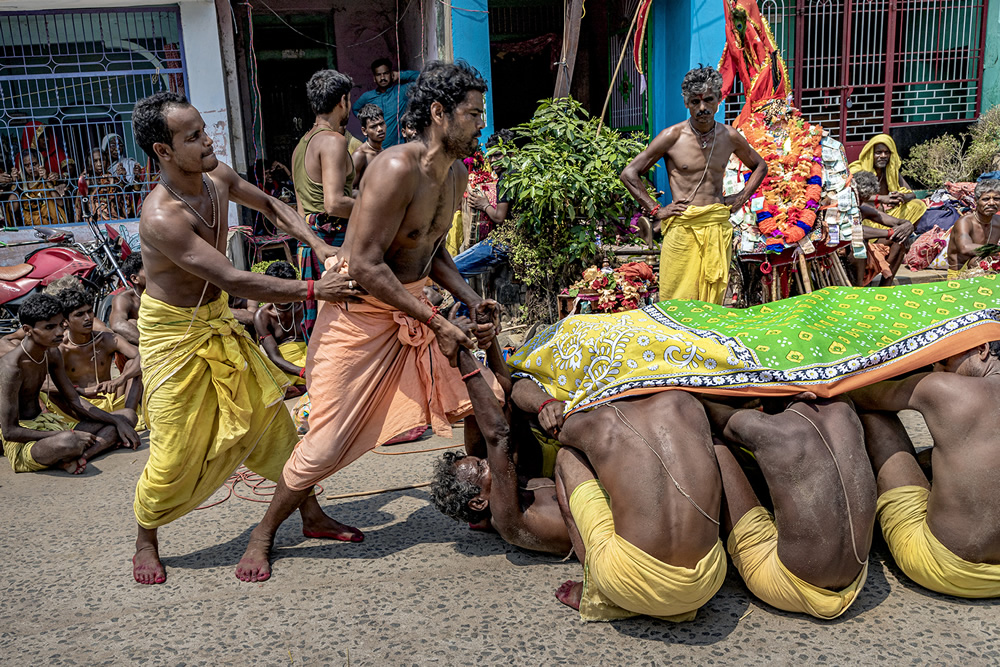
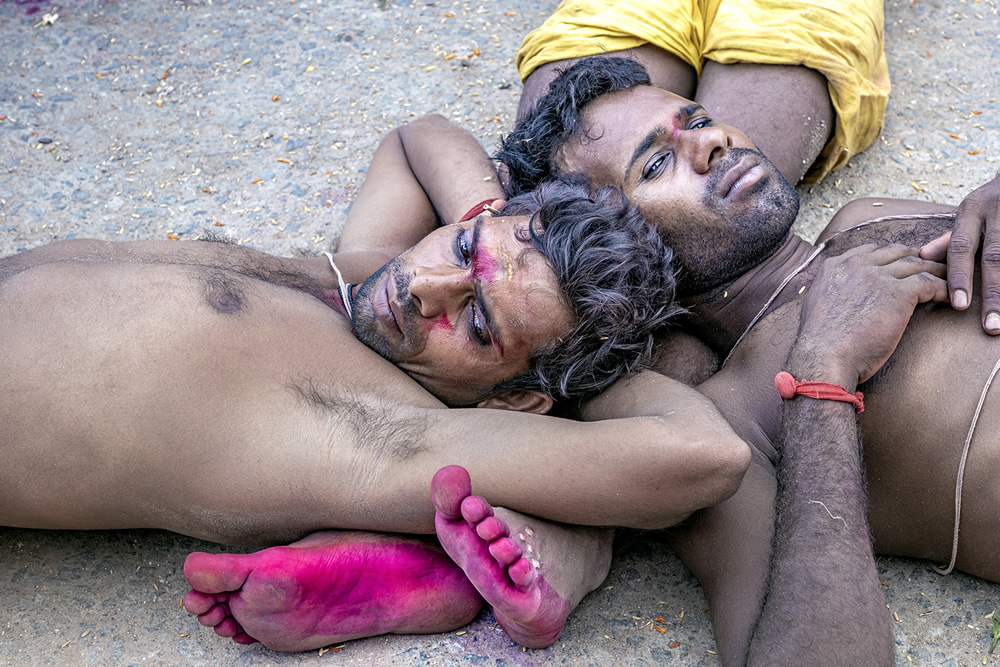
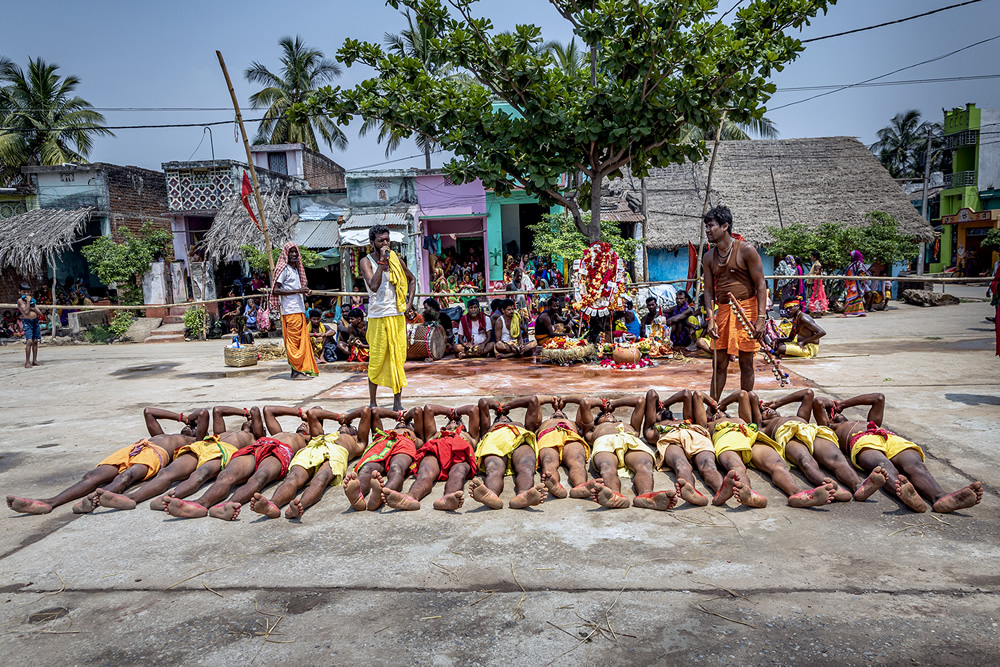
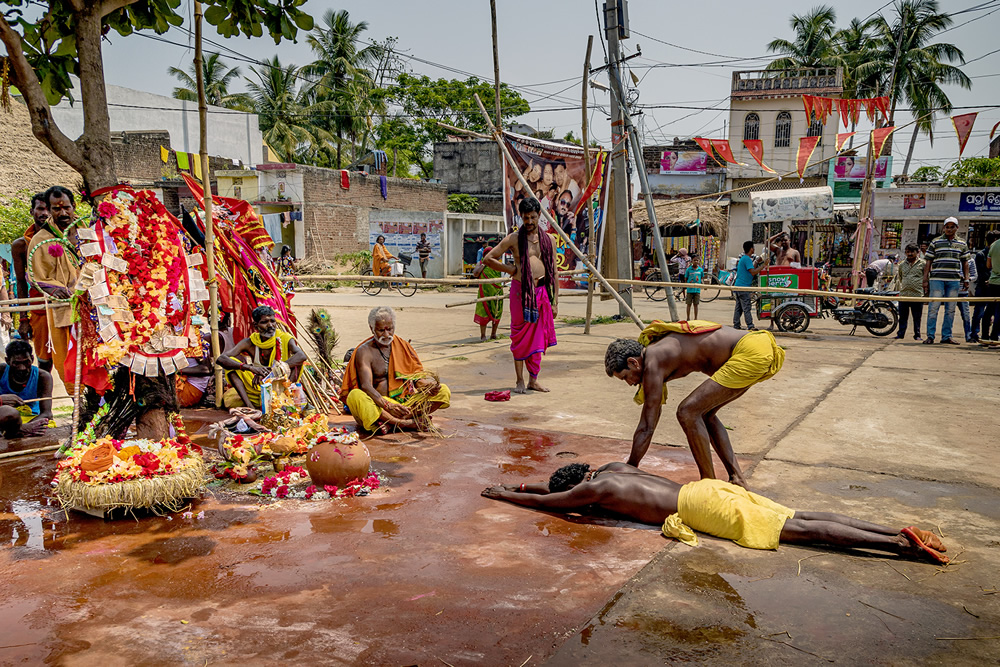
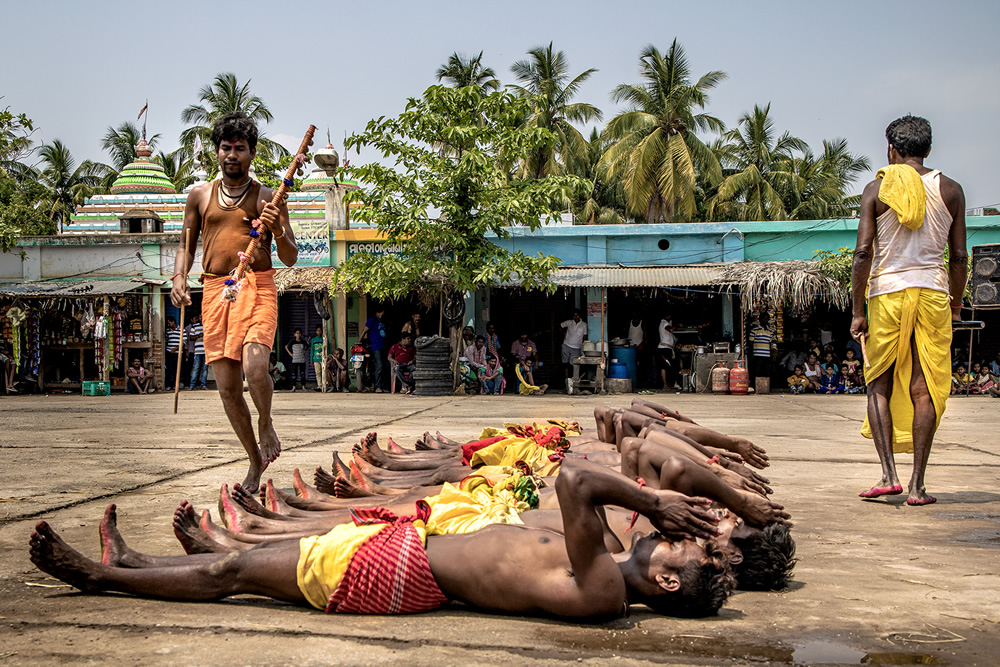
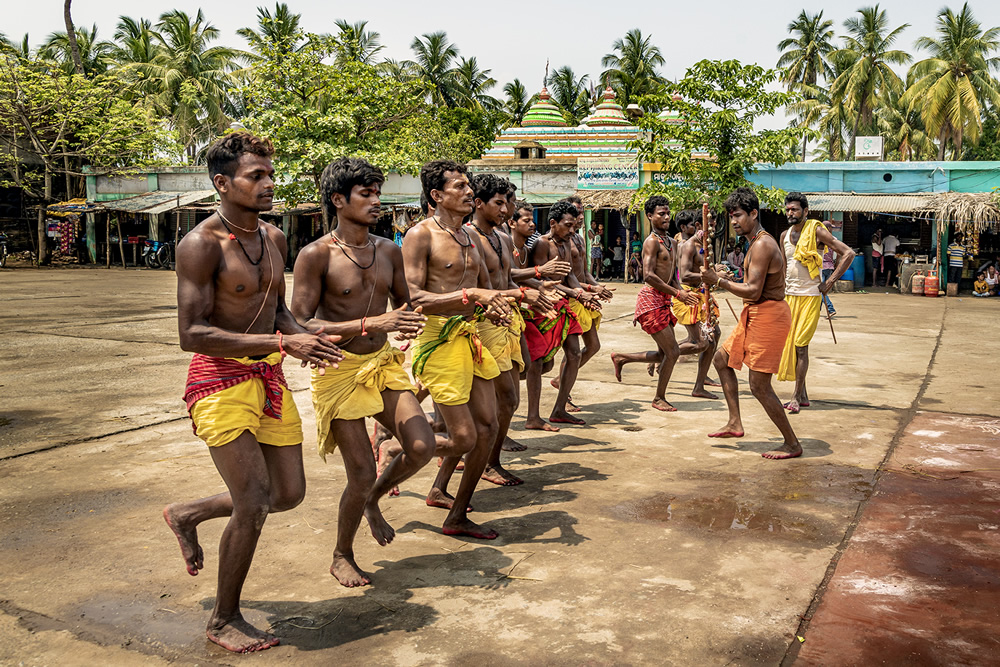
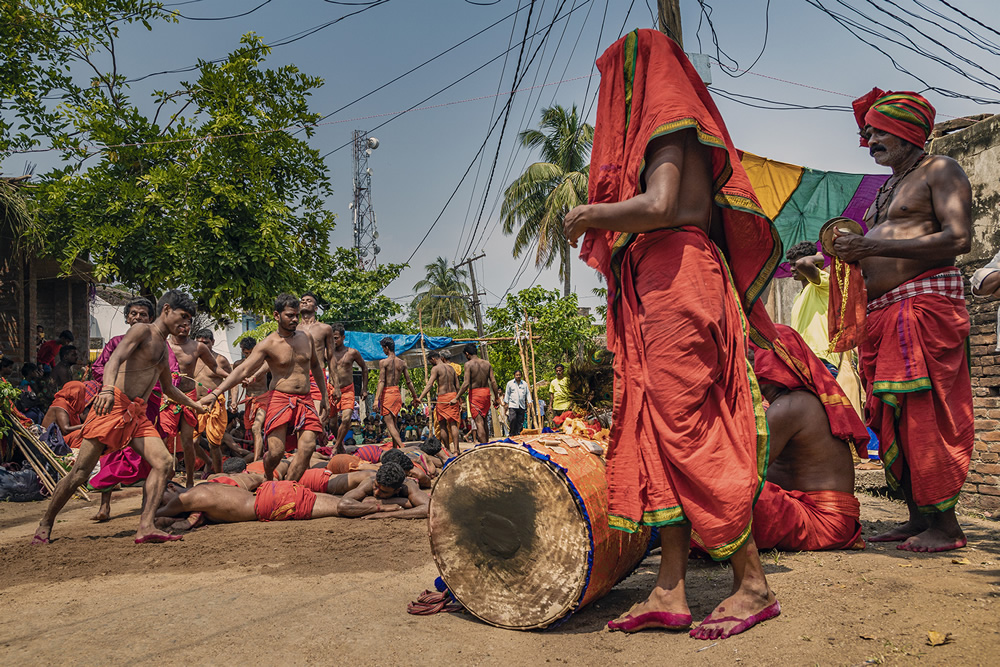
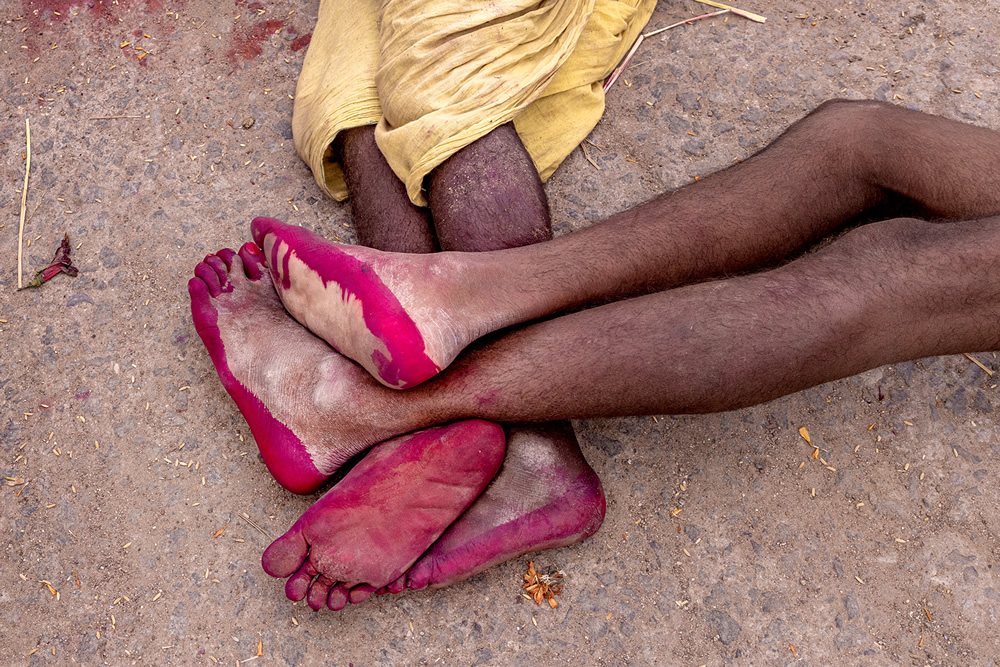
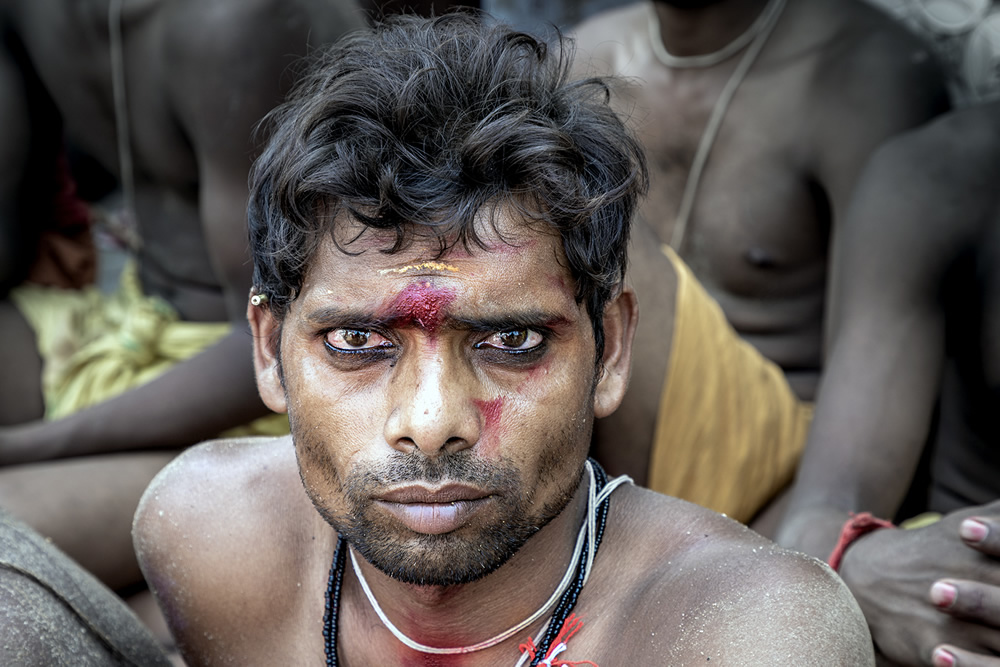
About Sudipta Das
I am a simple homemaker whose dreams can’t be contained in a house. From successful graduation with Journalism to a Fashion designer by profession and now a Photographer by heart since 2017. Art is something that I have valued my whole life. I never hold one of those reel cameras which could bring real, beautiful scenes around me into a frame just like painting could. I got interested in Journalism years back and secured degrees in that area but I always searched for something more. As time passed, the dormant passion in my heart solidified and one fine day it struck me like lighting – being a photographer could satisfy the inert thirst I had for art, in its pure and rich form.
Something about capturing the natural expressions of people attracts me the most and beneath each such animated face there is a hidden story – either one of immense pleasure, overflowing surprise, or heart-wrenching pain. I love the way my camera can draw such raw emotions and lay them out in a form of a picture portraying frozen feeling.
The purpose of being a photographer exceeds the meaning behind photographers and revolves around people – their smiles, their words, and my never-ending search for beauty and happiness
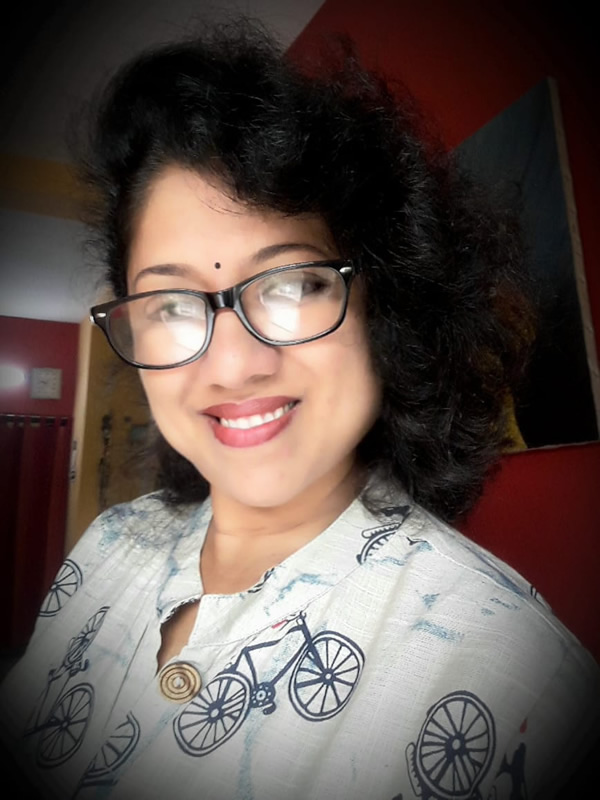
You can find Sudipta Das on the Web :
Copyrights:
All the pictures in this post are copyrighted to Sudipta Das. Their reproduction, even in part, is forbidden without the explicit approval of the rightful owners.

